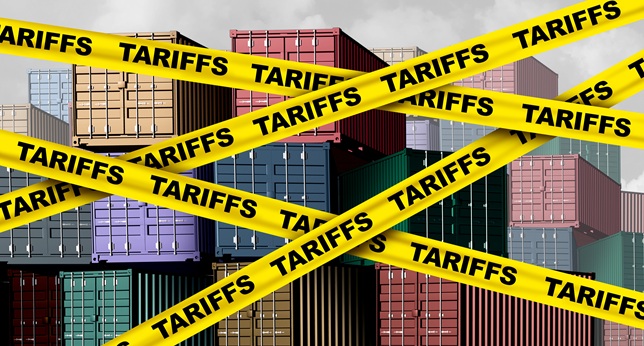Counterpoint Research pointed to an opportunity for India to take up a higher level of manufacturing for major smartphone vendors including Apple and Samsung, in the wake of a higher US tariff rate being slapped on imports from China and Vietnam.
In the latest analyst note trying to assess the impact of the quickly evolving situation on reciprocal tariffs being placed on goods entering the US, Counterpoint Research highlighted India had been allocated a 26 per cent levy compared with rival production hubs of Vietnam (46 per cent) and China (104 per cent).
However, the research company’s VP Neil Shah noted there are a “list of things that need to fall into place for India to be a better alternative than before”, including the technological readiness of partners, “capex appetite, government support and India’s ability to deal with the US at the negotiating table on tariffs”.
“If the country can do these things, it can cement itself as a more favourable production destination.”
Alternatives
Shah noted India, followed by Brazil, made “the most sense” should Apple want to shift manufacturing away from China, though cautioned ramping capacity in these locations would take time.
However, he added “Apple and everyone else have entered a twilight zone where it is impossible to anticipate tariffs one month or one year down the road, especially now with the China tariff jumping to 104 per cent”.
Counterpoint Research noted India produced 20 per cent of iPhone supply meant for the US market in 2024, with the remainder coming from China.
Samsung is estimated to make more than 60 per cent of its smartphones in Vietnam and deemed to be in a better position than its big-name rivals given its lower reliance on Chinese production.
Counterpoint Research director Tarun Pathak highlighted: “With significant capacity in India, Samsung can shift production away from Vietnam more quickly than others”.
“Samsung has two factories in India and one of them has excess capacity which can be scaled up. Further, if the South Korean government successfully negotiates with the US, some exports of premium models from Samsung’s South Korean factories will also see an uplift.”
Since the announcement of the reciprocal tariffs were announced by US President Donald Trump last week, media and analysts have speculated on a gloomy outlook for smartphone manufacturers, along with an expectation US consumers are likely to suffer price rises for the devices.
